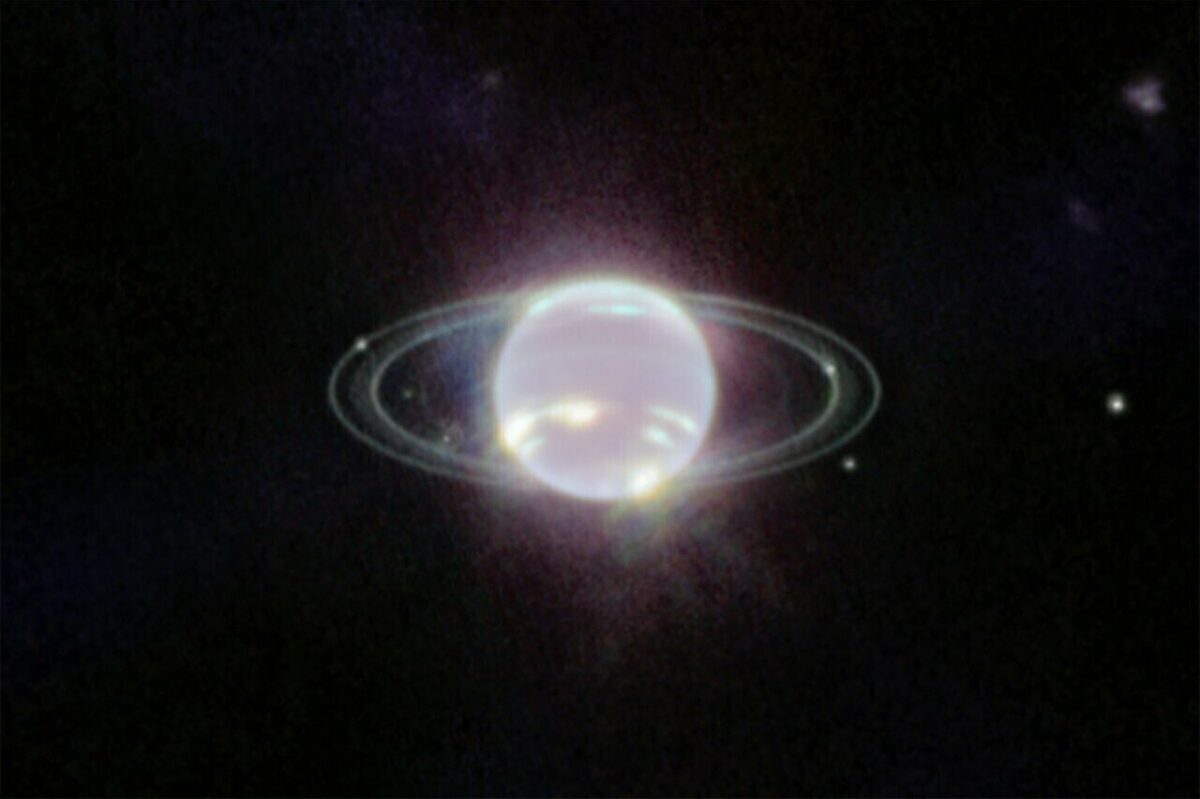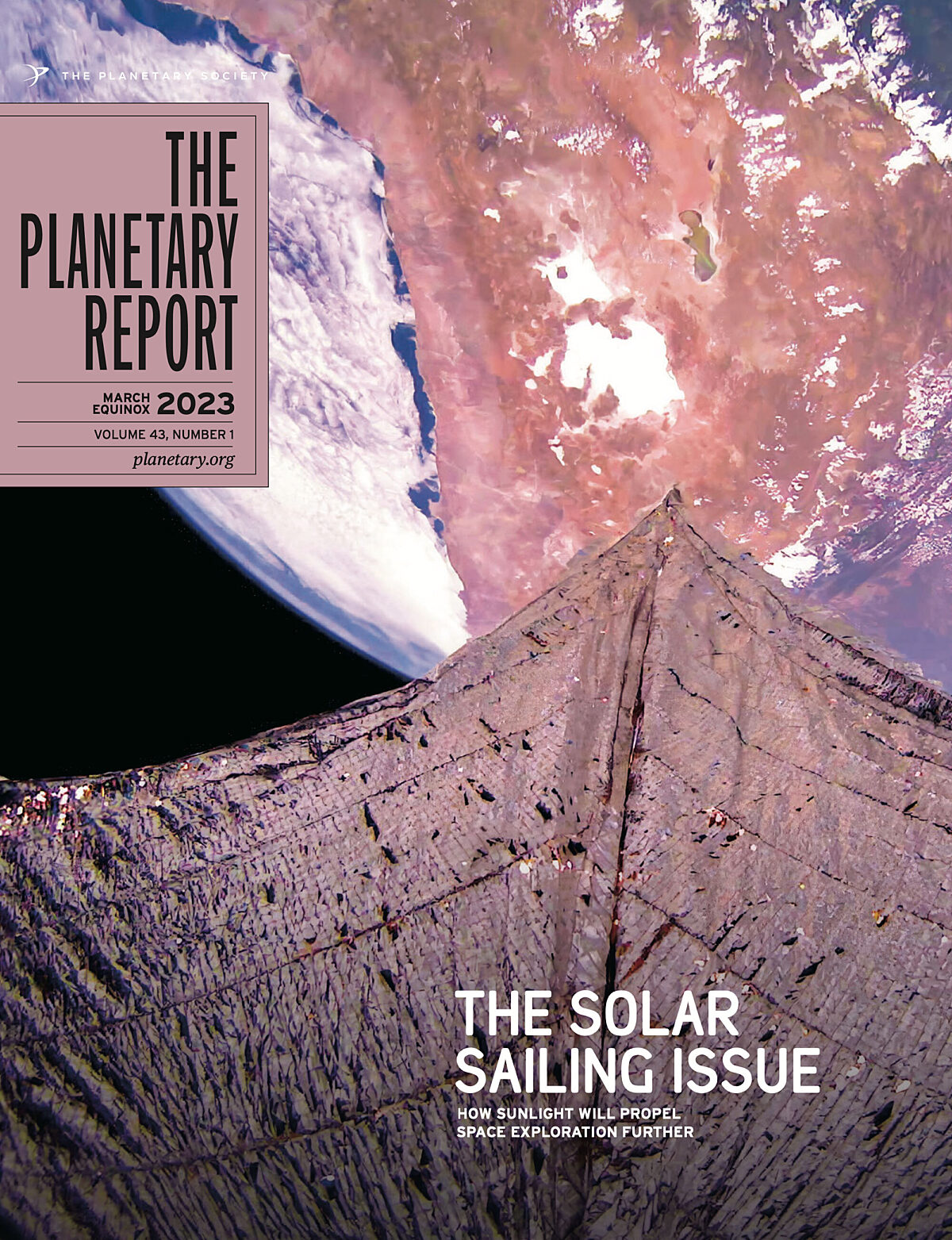Your impact: March equinox 2023

Celebrating the best of 2022
At the end of 2022, we looked back at a fabulous year of exploration with our annual “Best Of” awards. With over 3,000 votes cast, the results are in for the Best of 2022! You can see all the winners at planetary.org/the-best-of-2022.

LightSail end of mission
After nearly three-and-a-half glorious years in Earth orbit, our dear LightSail 2 spacecraft reentered the atmosphere as expected, successfully completing its mission to demonstrate flight by light for small spacecraft. LightSail 2 reentered on Nov. 17, 2022. The spacecraft showed that it could change its orbit using the gentle push of sunlight, a technique known as solar sailing. LightSail 2 demonstrated that small spacecraft can carry, deploy, and utilize relatively large solar sails for propulsion. The team continues working on data analyses, technical presentations, and journal articles to continue to feed forward what has been learned to all future solar sailing missions.
Space advocacy victories
The Planetary Society notched a number of high-profile victories in space policy and NASA’s 2023 budget after a full year of grassroots and targeted advocacy work. Our highest priority, protecting the NEO Surveyor asteroid-hunting mission from crippling budget cuts, resulted in Congress restoring $50 million to the project, the largest correction to a robotic mission that year. Congress also passed legislation enshrining the mission as official U.S. policy. In response, NASA confirmed the project to launch in 2028. We also supported efforts to keep Mars Sample Return and Europa Clipper on track. Planetary science at NASA remains at record levels of funding. And in a critical step for our search-for-life efforts, we saw the inclusion of legislative language allowing NASA to investigate “technosignatures” — signs of intelligent life. SETI funding was removed from NASA in the 1990s, and this updated policy frees NASA to support scientifically sound expansive efforts to find life in our Cosmos.
What the midterms mean for space policy
The 2022 U.S. midterm elections did not result in a red or blue wave but rather a divided Congress with Republicans gaining control of the House of Representatives and Democrats retaining the Senate. Our Chief of Space Policy, Casey Dreier, analyzed what this means for U.S. space politics in the coming year. Listen to the Space Policy Edition of Planetary Radio and subscribe to The Space Advocate newsletter for ongoing space policy coverage. planetary.org/spaceadvocate
Thank you for helping us change the world(s)
We were able to raise more than $316,000 during our year-end fundraising campaign thanks to the generosity of members like you. Your support also helped us raise $22,000 during our Giving Tuesday drive back in November 2022.
Support our core enterprises
Your support powers our mission to explore worlds, find life, and defend Earth. You make all the difference when you make a gift. Give today!
DonateThe Planetary Report • March Equinox
Help advance space science and exploration! Become a member of The Planetary Society and you'll receive the full PDF and print versions of The Planetary Report.


 Explore Worlds
Explore Worlds Find Life
Find Life Defend Earth
Defend Earth


